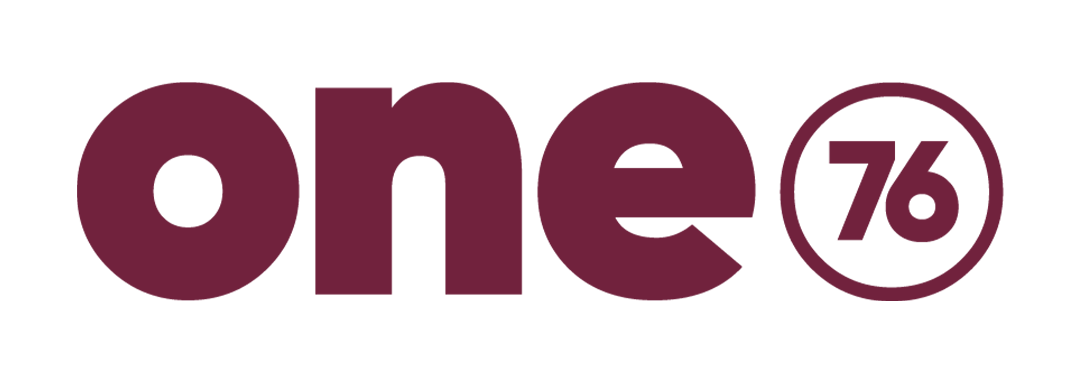9 Step Checklist
1. Brainstorm session
First things first, a brainstorming session. This is where your best ideas will come from, and your worst … but that’s the point. By brainstorming you allow yourself and others to think freely which helps to find the best theme for your shoot. If you’re out of ideas, or you just don’t have the time, at One76 we offer creative consults before your shoot. Perfect for those days when the creative juices just aren’t flowing and your stress levels are already sky high. Just shoot us a message and we can set you up with a session with our team of creatives.
2. What’s the point?
This one is another HUUUGE time saver. If you pre-plan your shoot with intent e.g. write the website copy or the social captions, beforehand, you’ll be able to set out your entire shoot with a purpose. Plus, it’ll also save you hours and hours of trying to find the right images to fit in with your written content after the shoot is done.
3. Set the mood (aka moodboard)
Communication is key when it comes to working with a team, especially when it’s a visual project. Having a moodboard is the key to aligning your team with your vision. We’re not talking about cutting up magazines and gluing them to a board in your bedroom (unless you’re into all that). It’s the 21st century and there’s an app for that aka Milanote. This tool is the bee’s knees for organising your ideas and projects into one easy-to-digest visual board. You can add notes, images, links and files, organise them visually and share them with your team.






